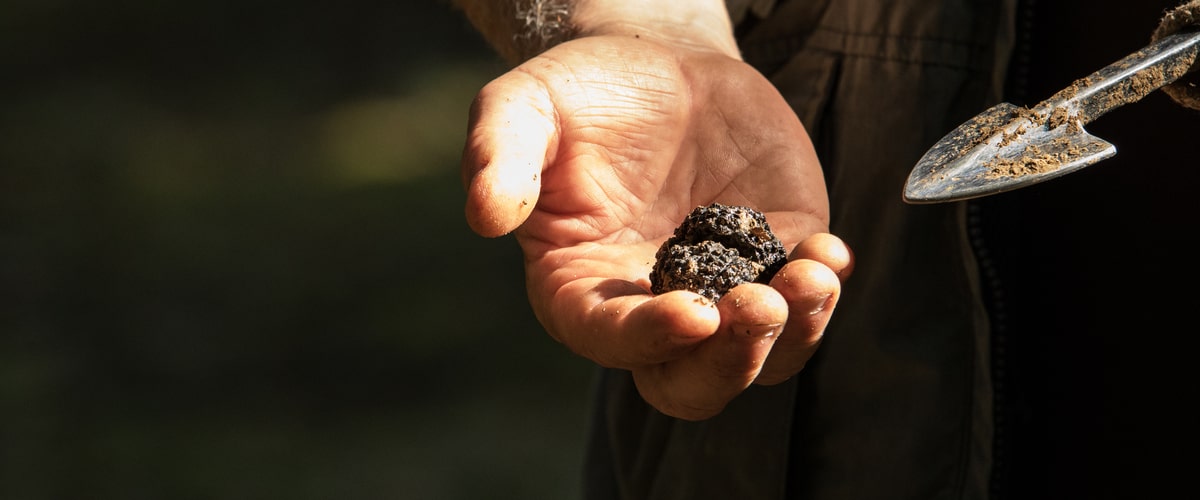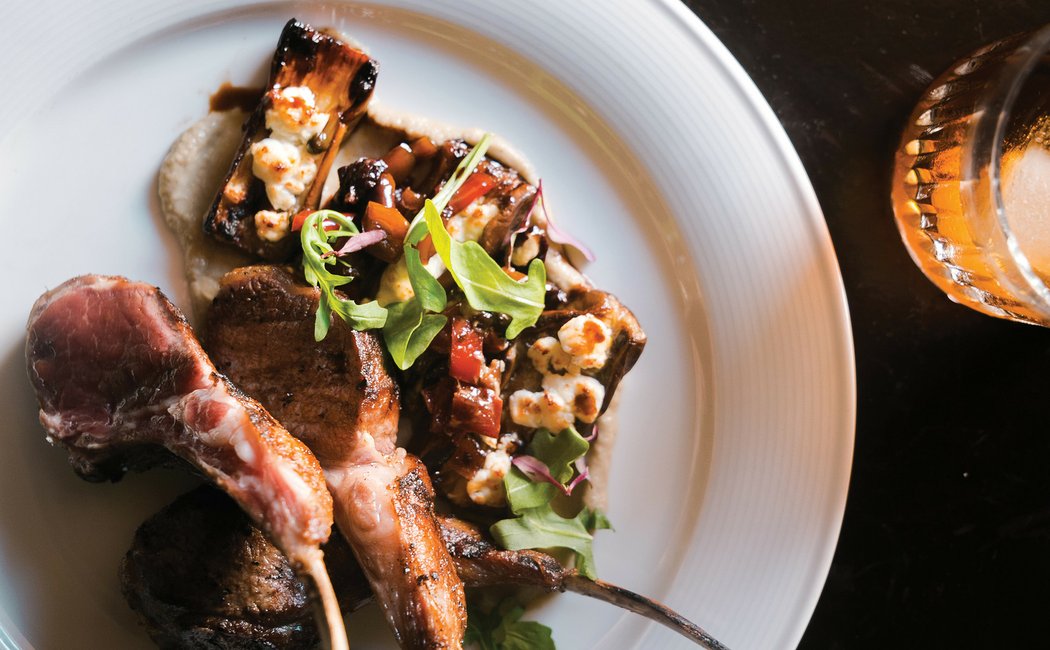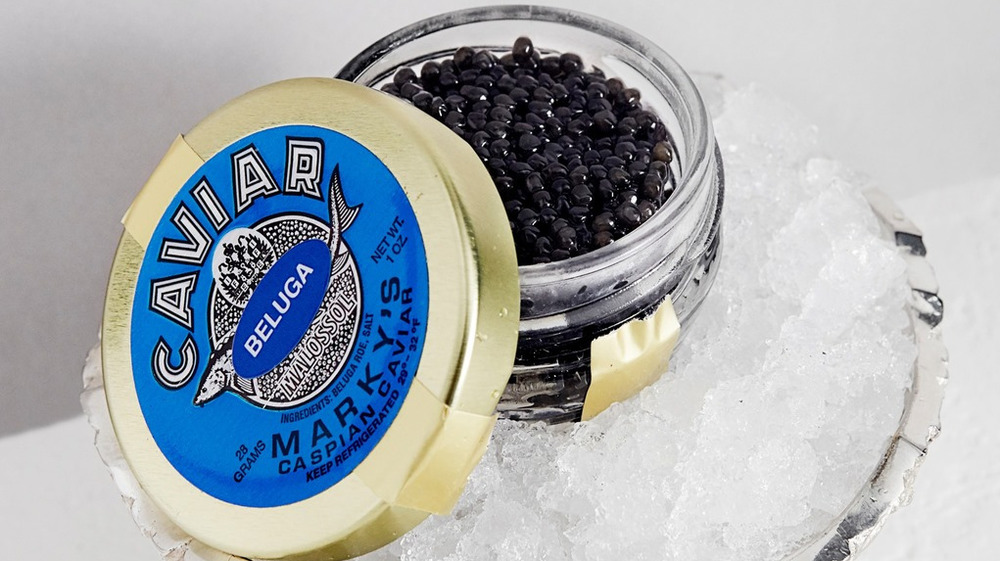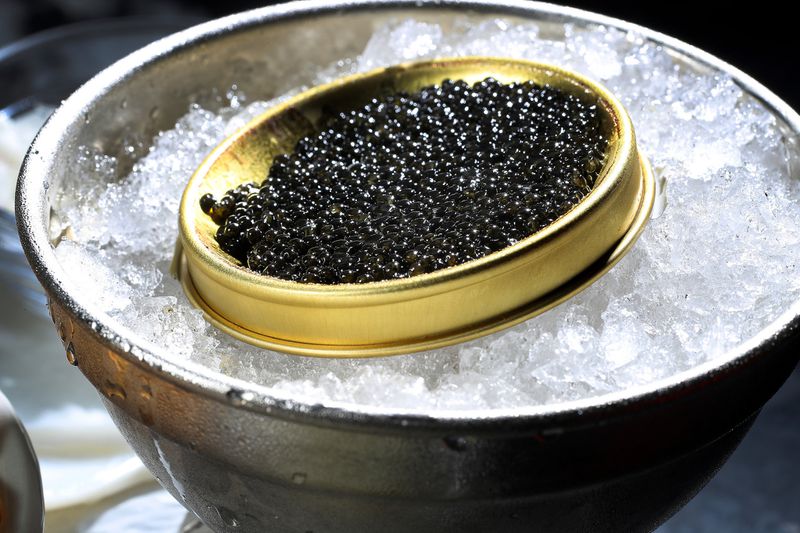The History and Evolution of Truffle Cultivation
Truffles are one of the most sought-after and luxurious ingredients in the world of cuisine. Known for their earthy, pungent, and unique flavor, truffles have been prized by gourmands for centuries. In this blog, we will delve into the rich history and evolution of truffle cultivation, exploring how these highly prized fungi have become a staple of gourmet cuisine.
History of Truffle cultivation
The origins of truffle cultivation can be traced back to ancient Rome, where they were used as a symbol of wealth and status. Roman gourmet Marcus Gavius Apicius was known to have had a particular fondness for truffles, and the Roman Empire even had laws regulating the harvest and sale of the rare fungi. Truffles continued to be enjoyed by the wealthy throughout the Middle Ages and into the Renaissance, where they were often served at banquets and served as gifts to royalty.

However, it wasn’t until the 16th and 17th centuries that truffle cultivation began to evolve. The French, who had long been known for their love of fine food and drink, began to experiment with the cultivation of truffles, and by the 18th century, truffle cultivation had become a well-established industry in France. This trend spread to other parts of Europe, and truffle cultivation eventually made its way to the New World.
In the 19th and 20th centuries, truffle cultivation continued to evolve, with new techniques and technologies being developed to make truffle production more efficient and sustainable. In Italy, truffle hunters began using specially trained dogs to locate truffles, and in France, scientists began to study the growth and development of truffles, leading to the development of new strains of truffles that were more productive and flavorful.
Today, truffle cultivation is a global industry, with countries all over the world growing and producing truffles of various types and sizes. Some of the most well-known truffle-producing regions include Italy, France, Spain, and the United States, and truffles are now grown in Australia, South Africa, and South America as well.
Evolution of Truffle Cultivation
The evolution of truffle cultivation has not only made it possible to produce more truffles, but it has also helped to preserve the delicate and elusive fungi. With new techniques for growing and harvesting truffles, farmers are able to reduce the impact of over-harvesting and habitat destruction, helping to ensure the continued survival of these precious and flavorful fungi.

While truffles remain a luxury ingredient, they have become increasingly accessible to the average consumer. Today, truffles are available in various forms, from fresh whole truffles to truffle oil, truffle butter, and even truffle-infused products such as cheese, pasta, and chocolate. These products allow people to enjoy the unique flavor of truffles without having to spend a fortune on the fresh ingredients.
Types of Truffles
Truffles are a unique and highly prized ingredient in the culinary world, and the different types of truffles available have distinct flavors and aromas that make them ideal for a variety of dishes. The most well-known truffles include the black truffle, white truffle, and the summer truffle.
Black truffles, also known as Périgord truffles, are the most common type of truffle and are characterized by their intense earthy and nutty flavor. They are typically found in the winter months and are used in a variety of dishes, from sauces and soups to pasta dishes and roasted meats.
White truffles, on the other hand, are considered the most prized and sought-after truffles in the world. They have a more delicate and pungent flavor, and are often used raw in dishes such as risottos, pasta, and eggs. White truffles are also more expensive than black truffles and are usually found in the autumn months.
The summer truffle, also known as the Burgundy truffle, is a less well-known truffle but is still highly prized for its unique flavor and aroma. It has a nutty, earthy flavor that is similar to black truffles but is less pungent. Summer truffles are typically found in the summer months and are used in dishes such as omelets, sauces, and pasta dishes.
The flavor and aroma of truffles make them ideal for a variety of dishes, but they can also be used to infuse other ingredients with their unique taste. For example, truffle oil is a popular ingredient that is used to add a truffle flavor to dishes such as pasta, risottos, and roasted meats. Truffle butter is another popular ingredient that is made by mixing truffle paste into butter, and it can be used as a spread or melted over steak or vegetables.
In addition to their delicious flavor and aroma, truffles are also considered to have health benefits. They are a good source of antioxidants, which help to protect the body against free radicals and oxidative stress. They are also a good source of iron and vitamin C, which are important for maintaining good health.

Truffle cultivation is a complex and challenging process, and it requires a great deal of knowledge, patience, and skill. Truffle trees must be carefully selected and nurtured, and truffles must be harvested at the right time in order to preserve their unique flavor and aroma. Despite the challenges, truffle cultivation is a rewarding process, and the resulting truffles are a true delight for the senses.
In conclusion, truffles are a unique and highly prized ingredient in the culinary world, and the evolution of truffle cultivation has made them more accessible and affordable for the average consumer. Whether you’re a fan of fresh truffles, truffle oil, or truffle butter, there’s no denying that truffles are a true culinary delight that should be enjoyed by all. So the next time you’re looking for a special ingredient to add to your dishes, consider adding a little bit of truffle magic to your recipes.






